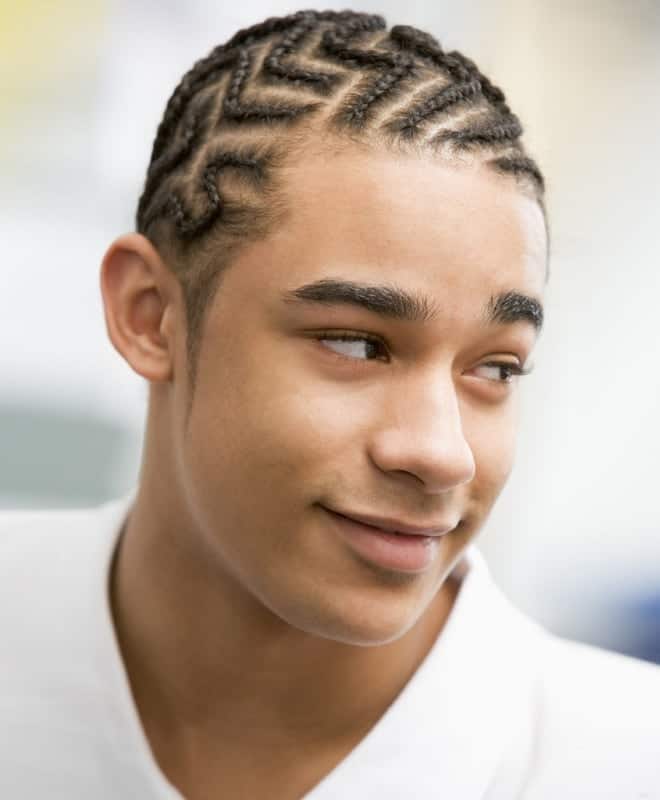The Complex Landscape Of Beauty Standards: Lightskin Individuals Navigating A Judging World
In a world dominated by curated images and filtered realities, the phrase "ugly lightskin people" reflects a deeper societal illness—a fixation with superficial appearances often intertwined with racial bias and cultural conditioning. This exploration delves into the intricate perceptions surrounding lightskin individuals, dissecting the influence of prevailing beauty norms and their profound implications on personal identity and self-worth. The relentless scrutiny from social media and idealized portrayals in advertising, television, and film foster an environment where self-doubt thrives.
Lightskin individuals frequently navigate a challenging landscape, caught between conflicting beauty standards. These pressures lead to feelings of inadequacy, alienation, and a persistent struggle to meet societal expectations. By acknowledging the multifaceted nature of beauty standards and their substantial impact on personal identity, we can foster a more inclusive dialogue about beauty that transcends superficial judgments.
| Name | Age | Nationality | Profession/Occupation | Notable Achievements/Contributions |
|---|---|---|---|---|
| Zendaya | 27 | American | Actress, Singer, Producer | Emmy Award winner, advocates for self-acceptance and challenges beauty norms. |
| Naomi Campbell | 53 | British | Model, Actress, Businesswoman | Iconic supermodel promoting diversity in fashion. |
| Alicia Keys | 43 | American | Singer, Songwriter, Pianist, Producer, Actress | 15-time Grammy Award winner, vocal about embracing natural beauty. |
For further insights, visit Vogue.
- Gabriel Iglesias Relationship Status Personal Life Insights
- Eddie Mariska Hargitay Family Ties On Law Order Svu Facts
The term "lightskin" refers to individuals of African descent with a lighter complexion than typically associated with their racial group. Cultural contexts, personal perspectives, and regional differences significantly influence its interpretation. Beauty standards, historically fluid, have been shaped by culture, history, and media representation. In many societies, a lighter complexion symbolized privilege, status, and idealized beauty, creating a subtle hierarchy of skin tones.
Colonialism and the slave trade introduced racial biases that altered beauty perceptions, favoring lighter skin tones and devaluing darker ones. These historical influences resonate in modern beauty standards, perpetuating colorism, self-esteem issues, and harmful stereotypes. The media, a powerful mirror reflecting societal perceptions, can either reinforce or challenge stereotypes through its portrayal of lightskin individuals.
Stereotypical roles often cast lightskin individuals as inherently more attractive or successful, reinforcing colorism. The "exotic" ideal presents lightskin individuals as a fusion of different racial backgrounds, potentially leading to feelings of alienation. Unrealistic beauty standards in media significantly impact self-esteem, especially among lightskin individuals who feel pressured to conform. However, positive media portrayals challenge these stereotypes, celebrating diverse identities and promoting inclusive beauty.
- Discover Laurel Farmers Market Fresh Finds Local Delights
- Inmate Canteen Guide Deposits Services More
Societal perceptions of beauty profoundly influence an individual's sense of self. Lightskin people may face internal conflicts regarding self-worth and societal belonging, navigating complex identity questions. Internalized colorism, where lighter skin is prioritized, can lead to biases in romantic relationships, social circles, and career aspirations. Navigating cultural backgrounds presents additional challenges, with pressures from multiple sides based on appearance and heritage. Phases of self-discovery and identity formation involve questioning societal beauty standards and defining oneself independently of external pressures.
Self-esteem, the cornerstone of personal development, can be enhanced or diminished by societal beauty standards for lightskin individuals. Emotional impacts range from confidence and validation to self-doubt and depression, depending on how individuals internalize these standards. Fostering positive self-image involves practices like positive self-talk, self-care, and mindful engagement with social media. Resilience and coping mechanisms include building strong support networks and practicing self-compassion to navigate societal pressures.
Direct accounts and personal anecdotes provide valuable insights into the challenges faced by lightskin individuals. Real-world experiences highlight specific challenges such as facing colorism within communities or dealing with Eurocentric beauty standards. Valuable lessons include resilience, self-acceptance, and strategies for thriving despite societal expectations.
As society evolves, embracing diversity in all forms becomes crucial. Challenging traditional beauty standards and promoting inclusivity involves creating spaces where diversity is celebrated. Diverse representation in media and open discussions challenge beauty norms. Shifting focus to inner qualities and well-being promotes the beauty of uniqueness, essential for self-acceptance. Connections to famous people and celebrities, like Zendaya, Naomi Campbell, and Alicia Keys, highlight the broader trend of challenging beauty standards and advocating for inclusivity. Their influence resonates within the industry and society, fostering a more accepting and understanding environment for lightskin individuals navigating societal beauty expectations.
- Erik Menendezs Daughter Talia Wife Tammi Where Are They Now
- Discover Christian Tattoo Designs Ideas Inspiration For Your Ink
TCU’s albino basketball star shares his story Fort Worth StarTelegram

Pin by Syreeta Clarke on Quick Saves Ugly hair, Pretty dark skin

Light Skin Hairstyles Male